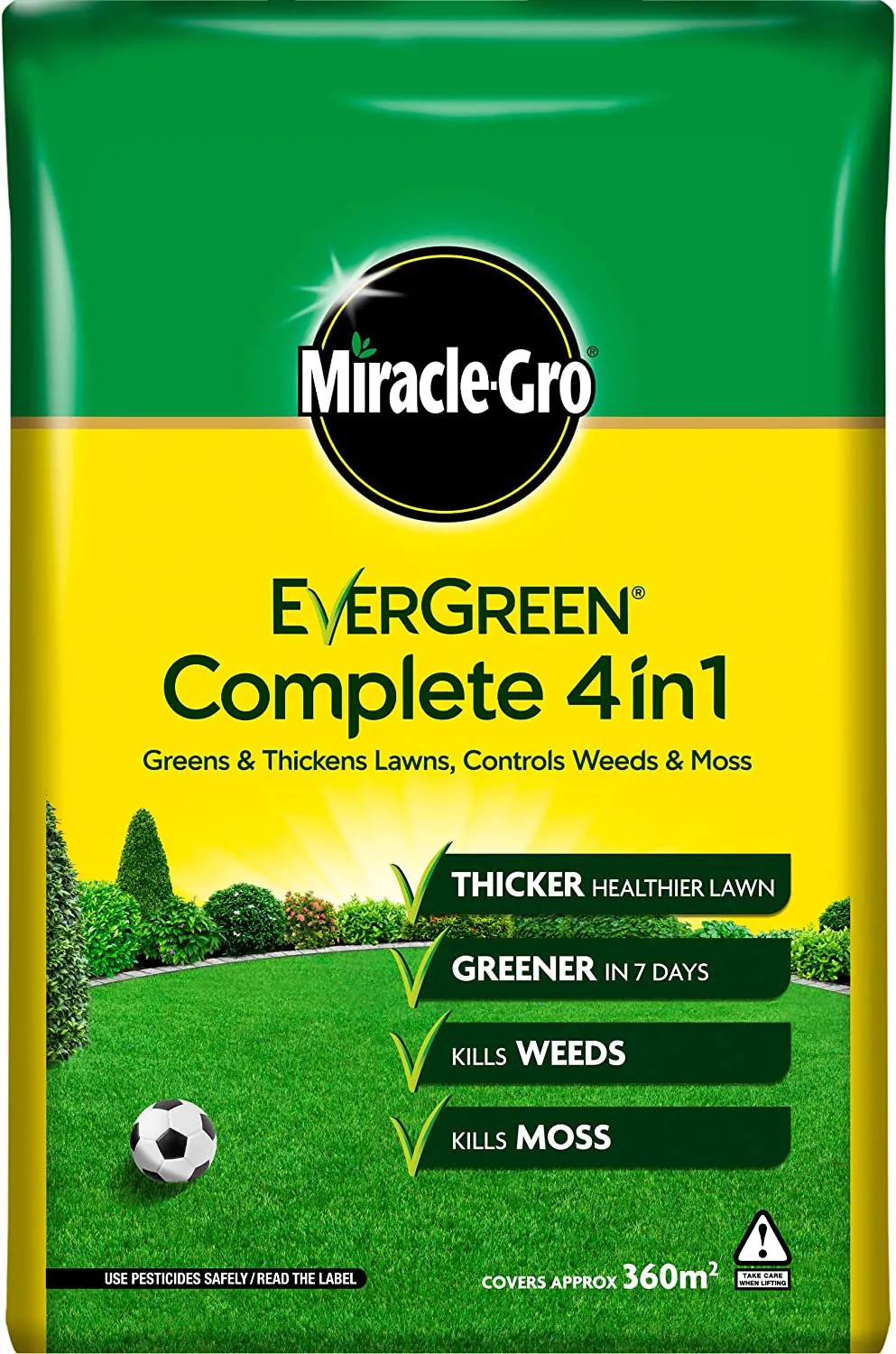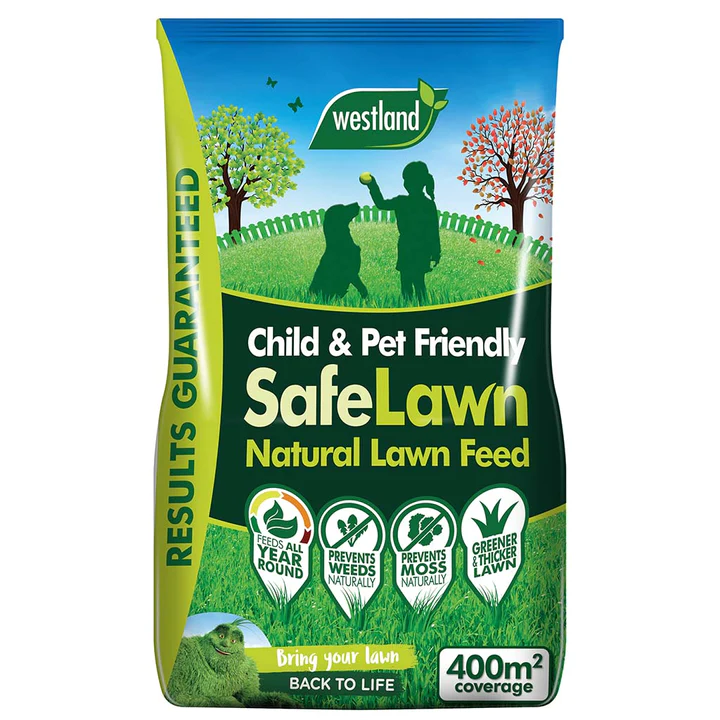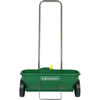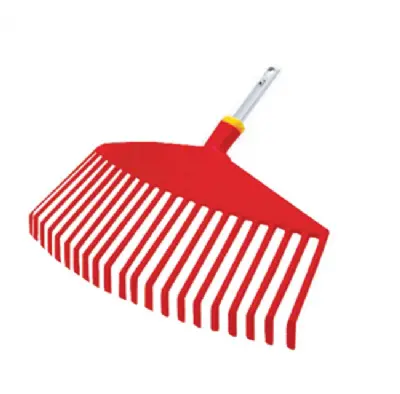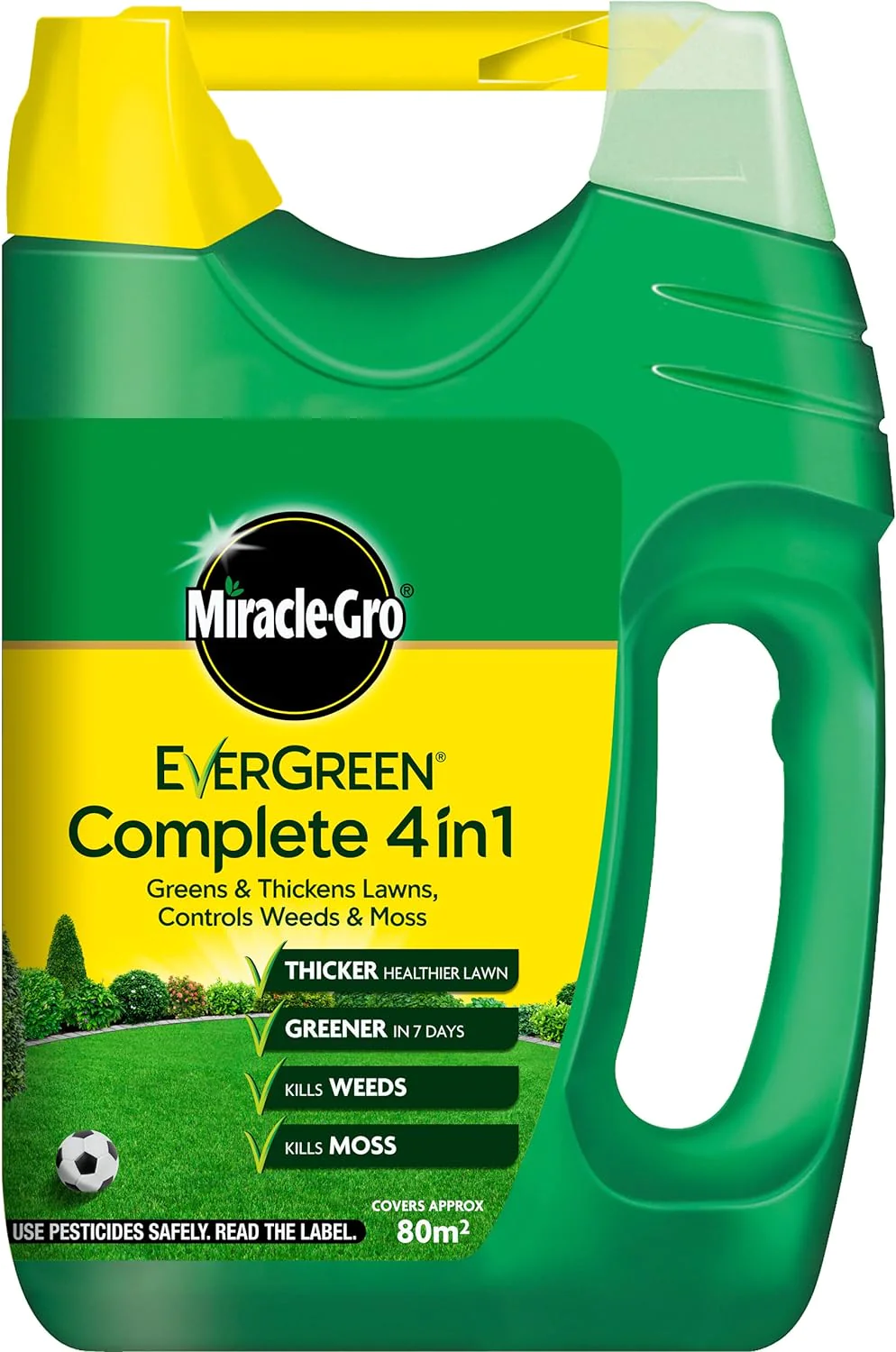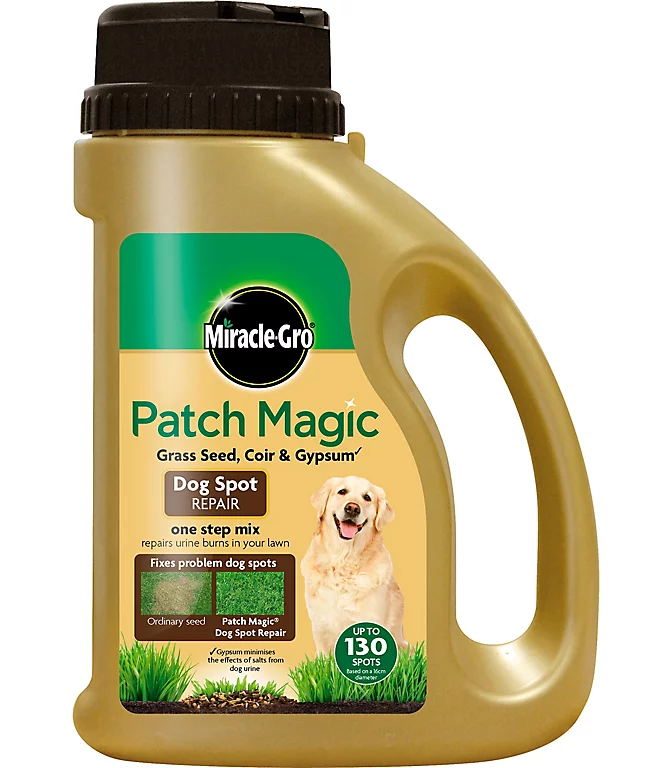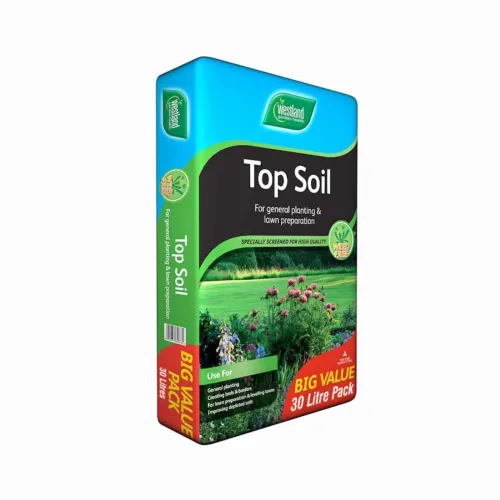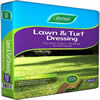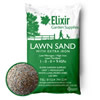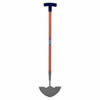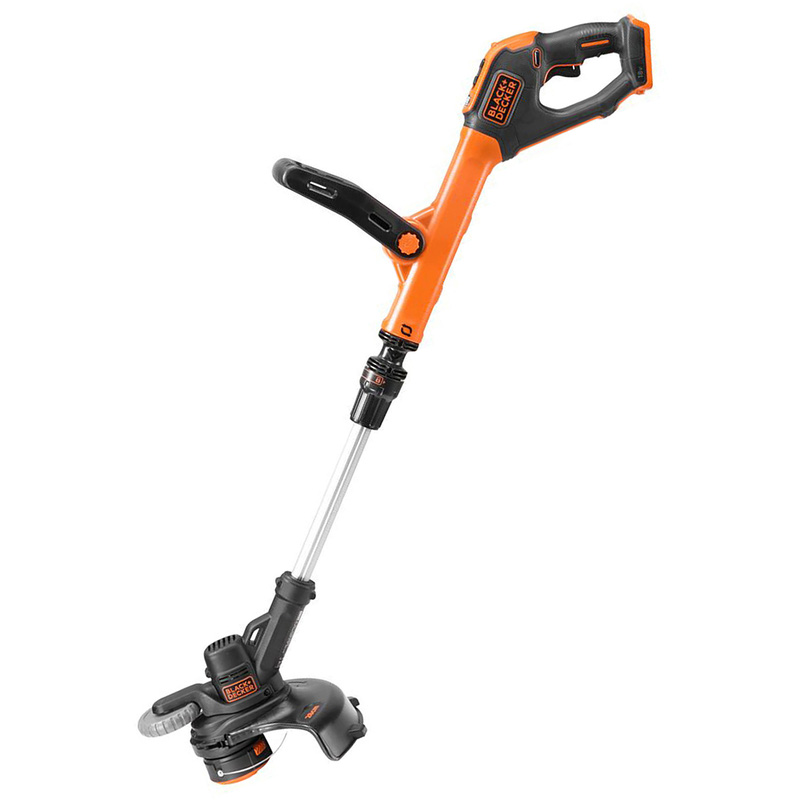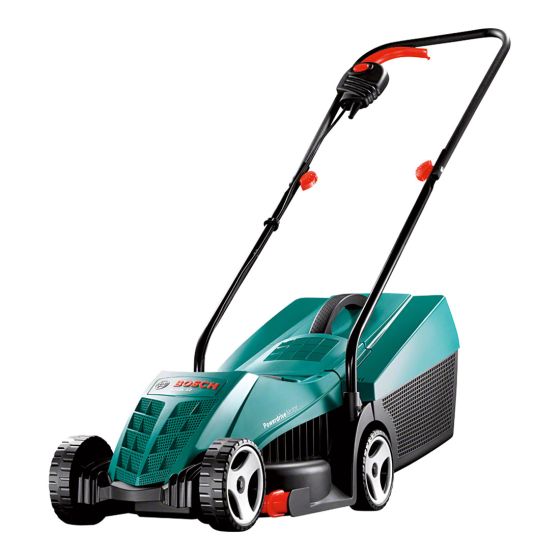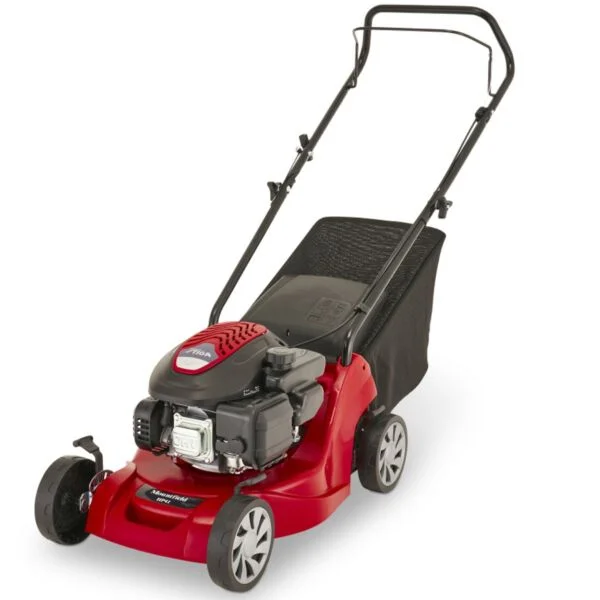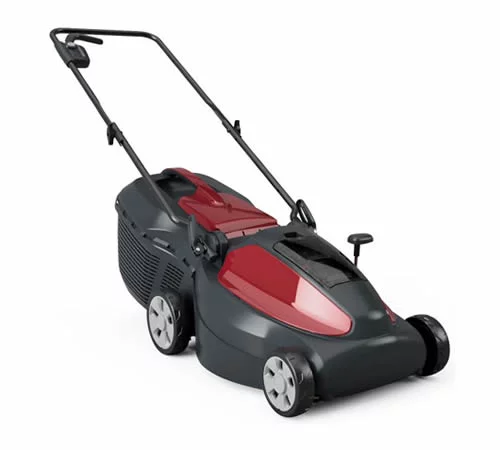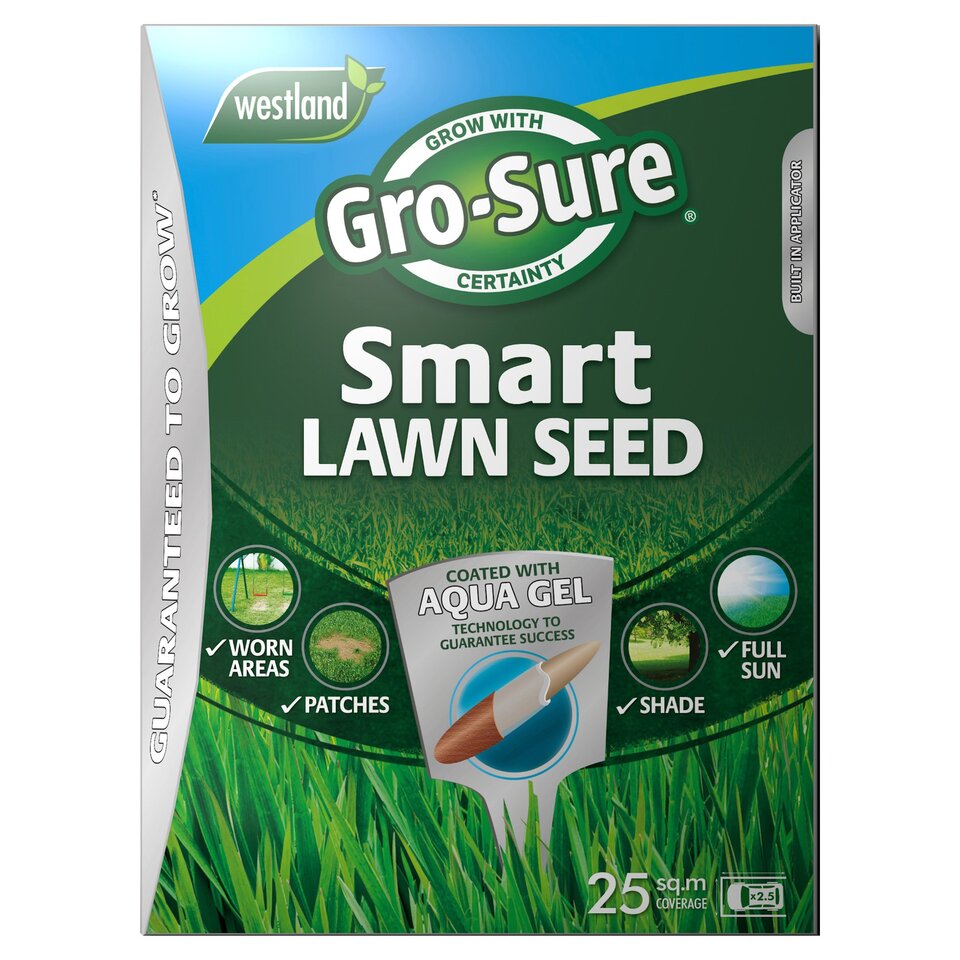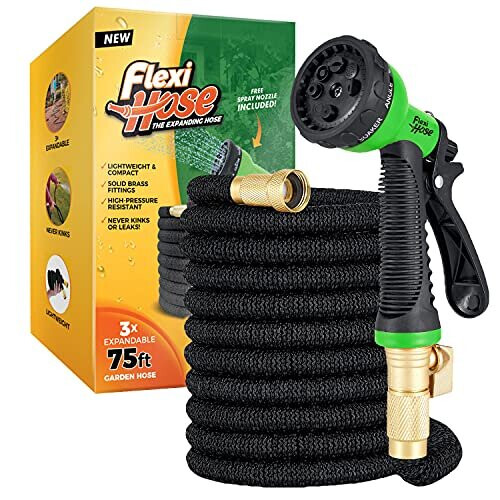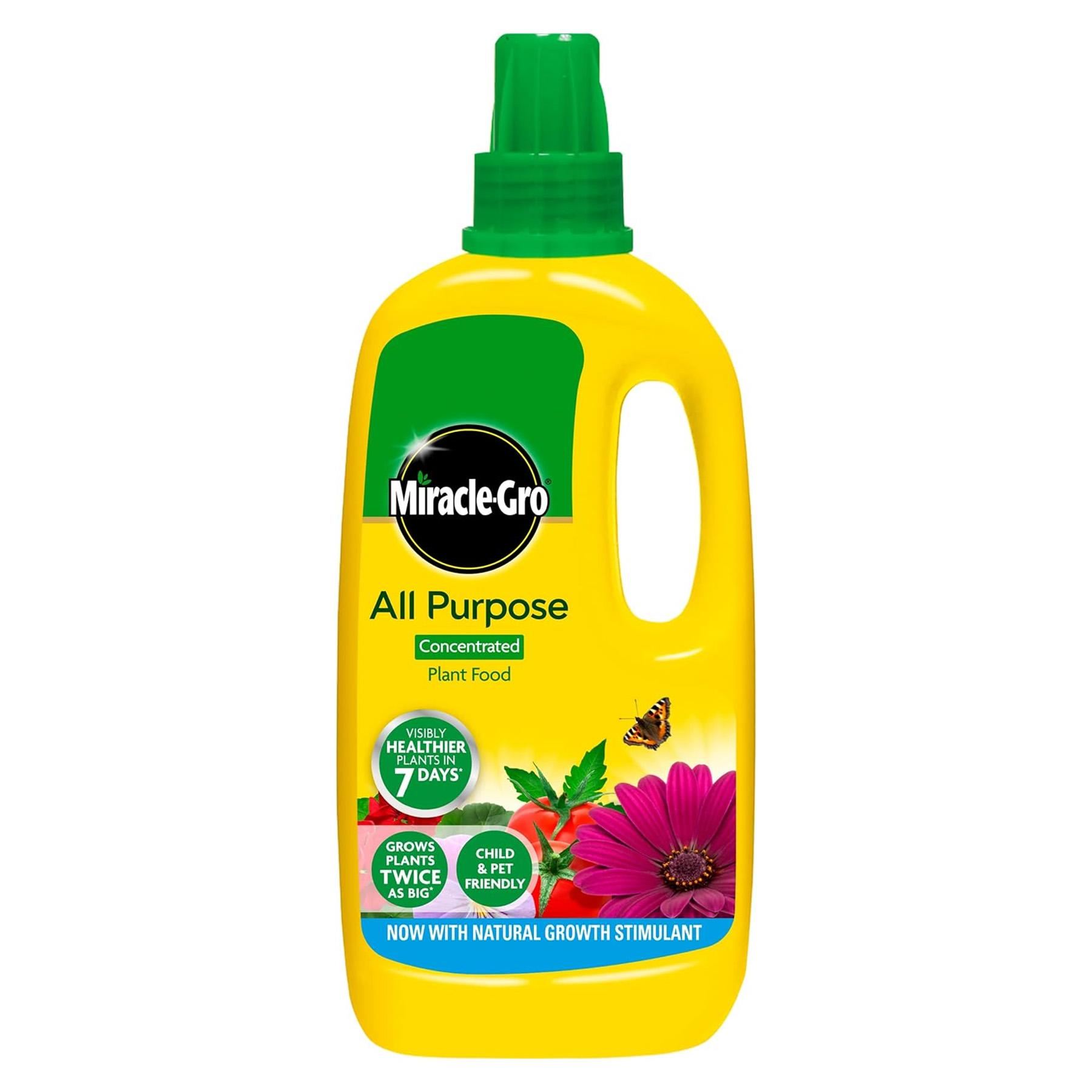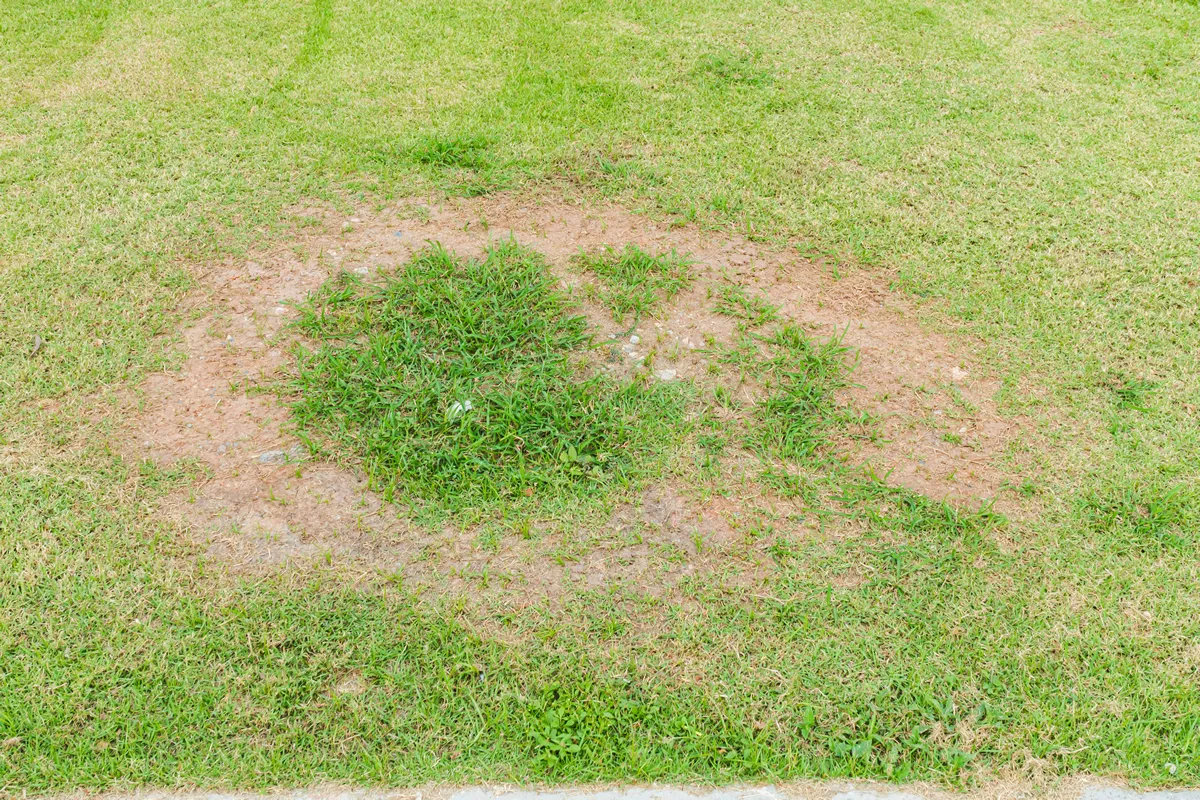
Understanding Lawn Fungus
Before a defence strategy can be mounted, it's important to know the adversary. Lawn fungus comes in various guises, most commonly as molds, mildews, and rusts that thrive under moist conditions. The top culprits, such as the notorious Dollar Spot, Pythium Blight, and Red Thread, feast on weakened grass under the guise of factors such as compaction, excessive thatch, or over-fertilization, to name a few.
Environmental Havens for Fungus
Lawn fungus revels in dampness, particularly persistent wetness has set in from rain, over-irrigation or poor drainage. It further benefits from sparsely mown lawns where grass blades become too long—slumbering like wolves among the tall grass until conditions are ripe for their spread.
Signs of Lawn Fungus
Early detection of lawn fungus is akin to seeing the sails of an approaching ship on the horizon—it gives the gardener time to make ready. Look for discoloured patches that are slow to recover after mowing, in addition to odd patterns on the leaf blades, a sure sign that unseen forces are sapping their strength.
Visual Cues to Watch For
Browning, yellowing, or even strange growths on the grass can provide early warning signs. In the morning, heavy dew may reveal a web-like substance—known as mycelium—snaking its threads across the affected area. Training an eye to these visual signatures can stave off a larger problem with time to spare.
Prevention Techniques
The garden is a battlefield, and preparation is key. Here are the strategies that can turn the tide before fungus can root in.
Proper Lawn Maintenance
Maintaining a healthy lawn is the first line of defence. Consistent mowing at the right height (never removing more than one-third of the leaf blade) promotes strong grass and reduces moisture retention. Smart watering practices can also make a substantial difference—enough to sustain the lawn, but not so much that it languishes in waterlogged warrens.
Aeration and Dethatching
Think of aeration and dethatching as breathing exercises for your lawn. By removing plugs of soil and excess organic matter, respectively, you provide an influx of life-saving oxygen to the roots and allow for proper drainage—a combination that can significantly curb fungal support structures before they form.
Utilising Fungicides
For those lawns particularly at risk, there's no shame in a little chemical reinforcement. Broad-spectrum fungicides, whether contact or systemic, can provide robust protection when used properly. Remember, timing is critical—applying before the forecasted conditions are ripe ensures the fungus finds no purchase.
Identifying High-Risk Spots
Some areas are more vulnerable than others—a shaded patch by a retaining wall, a low-lying area prone to pooling, or a neglected corner sheltered from drying winds. By taking preventive action in areas of known risk, you can isolate and block potential invasion routes.
Sustainable Gardening Tips
For the ecologically inclined gardener, there are also sustainable, natural options. Cultural practices such as spreading compost, using tolerant grass varieties, and even the introduction of beneficial nematodes can strengthen the lawn's natural resistance, keeping the fungi at bay in an organic and harmonious way.
Conclusion
The key to a healthy, fungus-free lawn lies in the old adage—'an ounce of prevention is worth a pound of cure.' Vigilance, education, and judicious care are the gardener's tools. By following these outlined steps, amateur green thumbs and seasoned horticulturalists alike can protect their outdoor oases from the insidious encroachment of lawn fungus. In the constant struggle of green life, may your lawn be a bastion of resistance, a testament to the gardener's skill and tenacity. Remember, a stitch in time saves nine—and in the case of lawn fungus, it might just save a summer's worth of vibrant, healthy growth.


